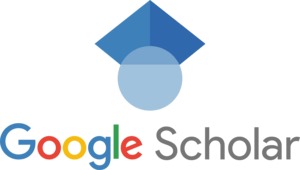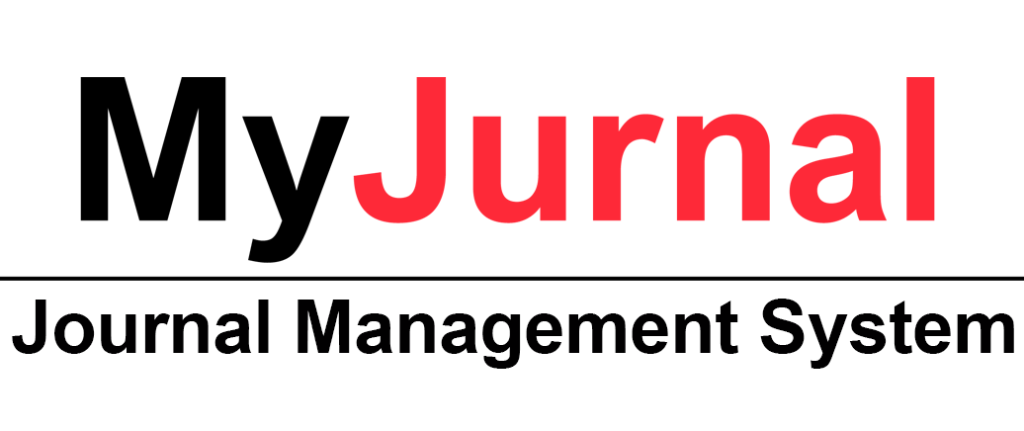Determining the Potential of Graduate Analytics Based on the iCGPA System: A Systematic Literature Review
DOI:
https://doi.org/10.31436/ijes.v7i2.235الملخص
This study was conducted to address the issue of gathering information to track the career and accomplishments of graduates for quality improvement in higher education. Due to the lack of a convenient method to gather information using an efficient mechanism, this study reviewed graduate analytics based on the iCGPA system with the primary aim of examining its potential utility in such a system, and vice versa. A systematic literature review was conducted to integrate the relevant academic literature related to graduate analytics and iCGPA system. Using the PRISMA method, we identified 160 different articles, but only 125 met the specified inclusion criteria. Our analysis of the accepted articles to determine the potential of graduate analytics in iCGPA system, and vice versa, produced zero results where no intersection of the two topics could be found in the research literature from 2011 to 2018. Our findings indicate an acute lack of research in these two areas. However, we believe this gap can be minimized since there are already higher education institutions in Malaysia that are currently implementing the iCGPA system. The implementation could inform us regarding how graduate analytics can be used to expand the value of iCGPA for improving the quality of Malaysian higher education graduates.
Keywords: Graduate analytics, iCGPA system, systematic literature review, graduate tracer studies, PRISMA method
المقاييس
التنزيلات
منشور
كيفية الاقتباس
إصدار
القسم
الرخصة
الحقوق الفكرية (c) 2020 IIUM Press, International Islamic University Malaysia

هذا العمل مرخص بموجب Creative Commons Attribution 4.0 International License.
The Journal will own copyright to all published works and have the right of first publication, both in print and online, unless other arrangements are made with the Editors in advance. It is the author`s responsibility to ensure that where copyright materials are included within an article the permission of the copyright holder has been obtained beforehand.






















